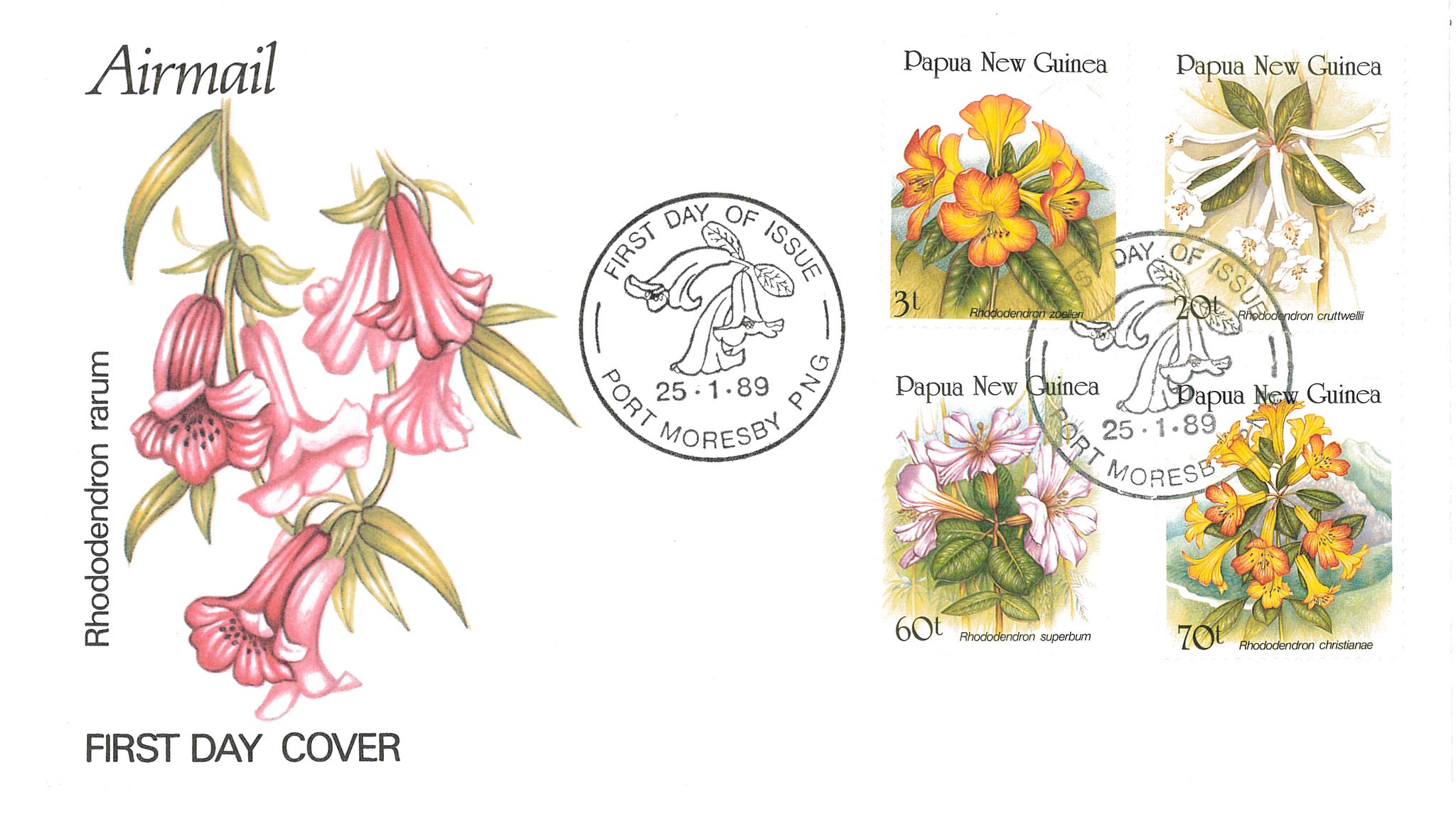 Mary Bartlett came to Dartington in 1963 as a horticultural student. After her training she became responsible for the glasshouses, nursery and walled garden.
Mary Bartlett came to Dartington in 1963 as a horticultural student. After her training she became responsible for the glasshouses, nursery and walled garden.
She is the author of several books, including the monograph Gentians and Inky Rags. She is now the tutor for bookbinding in the Crafted @ Dartington department. More blogs from Mary
I felt rather pleased last month when the Dartington staff asked if they could use my Unicorn Island book as the back story for a children’s treasure hunt trail to inaugurate the new play area at the Hall.
My interest in unicorns is no secret in this part of the world.
It’s quite an obsession – I can’t deny it. Unicorn Island, which I wrote in 1995 and which the poet Adrian Mitchell and I adapted for the stage, encapsulates most of the symptoms. Everything about the unicorn and its value to the world as a metaphor for its suffering creatures is in that book, and in the pictures Richard Merrills painted for me.

Unicorns are misunderstood, and the downside for admirers like me who strain their sinews trying to hold people to the science of the unicorn myth is that we are often misunderstood too.
A Modern Alphabet for Unicorns, 2001, illustrated over a two year period by Norman Young, documented the unicorn’s observations on our human journey. The collaboration with Gillian Hoyte Byrom who made the first unicorn for me in 1995, had the sense to record the ideas.
A Modern Alphabet for Unicorns: An interview with Mary Bartlett. (c) Gillian Hoyte Byrom
Science and myth may strike you as odd words to couple together, but there are glaring examples of what I mean when the two split apart. Even in historic houses where the unicorn has a spiritual home the souvenir trade will very likely depict the creature as a horse with a horn and use imagery with no connection to country of origin. Buy the t-shirt or the cute cuddly toy and you will take home a travesty of a thousand years of history.
Does it matter? The better story is that throughout the medieval period and before it, as people moved back and forth between Europe and the Holy land, inflicting numberless atrocities on the way, they would have encountered herds of Dorcas Gazelle, even in the desert, and would have seen those spiralised gazelle horns shimmering.
Just as today we see the images of cultural destruction, the wholesale slaughter of these beautiful animals in Libya is incomprehensible.
In other words, whatever the unicorn is or isn’t, it is a bovid or conceivably a cervid – certainly not a horned horse. One taxonomical reading sheds light on history, the other doesn’t. (My hunch is that the confusion arose when the fashion for the body armour extended to attaching a metal point to the metal chamfrom that protected a horse’s head.)
For a brilliant introduction to Bovids of the World consult Jose R. Castello’s Princeton Field Guide.
That’s where the science joins the myth. Taxonomy is human-made key to evolution. It organises our understanding of the natural world.
So, as Dartington adopted Unicorn Island-and all those misunderstandings – it was rewarding to find myself mentioned in The Oldie – in a gardening piece by the RHS medallist David Wheeler. He quotes from my 40-year-old monograph on Gentians, which by now, taxonomically speaking, is sadly out of date, partly because science moves on, partly because plant breeders can’t be stopped and hybrids proliferate. They are a driven species. Clivia ‘Mary Bartlett’ now resides with the RHS at Rosemoor. My friend John Morris dedicated years raising them from South African seed.

One of the wonderful rewards of my work on gentians was a lasting friendship with the Reverend Norman Crutwell, who dedicated as much of his life as his Christian mission allowed to botanising in Papua New Guinea, from where he wrote to me about the species he discovered and described.
Another lasting pleasure has been the quest for authentic taxonomy. James Pringle of Hamilton Botanic Gardens, Ontario, guided my work on gentians and he still helps me today. Now it’s email; in those days it was all letter post, and I still have the archive of our handwritten correspondence, looking more antique by the year.
Postage stamps! –they’re another of my taxonomical enthusiasms. My set of Papua stamps that show Norman’s painting of some of the plants he collected including Rhododendron crutwelli, couldn’t be closer to my heart.

I used Gentiana crutwelli in one of the wood engravings for one of my limited edition books. A more recent book, Travels with Percival, includes an American species, admittedly a little further north than it would normally occur.

What are the connections? The film, The Embrace of the Serpent can offer a clue. It follows the quest for a particular plant from the Amazon. As I watched the black and white images I thought of Norman and his gentleness and considered the environmental impact done by non-indigenous cultures across the globe.
Unicorn Island attempted to convey the wider environmental threat by mapping species depletion to the unicorn’s body.
For my attempt to capture a few connections between Dartington, the white hart and the unicorn of the love chase, we compiled The Unicorn in the Garden.
The unicorn is an illuminating presence in the forest of history.
Horse it isn’t.
Mary

Lovely to read your ramblings Mary even though a lot of it goes over my head really. I still miss your wonderful bookbinding classes and keep meeting people who know you.
I would love to read more blog posts xx
Dear Nina,
nice to hear from you. We keep going with various projects. You can see a recent one if you look at the UWE bookarts newsletter ‘Remembering Emily Faithful’. It takes a while to put all the bits together with help from my wonderful editor Kevin. Rambling for the Trust members in April on my 53 years here!
With all kind regards,
Mary
In this era of stripped back hard-faced times the work Mary has done is a panacea, giving hope and joy for a world gone mad. I look forward to watching more of the video later in order to absorb her work better
Dear Ros,
thank you for this comment. It is a odd time. Having born locally and lived in the area all my life, worked for the Trust in various roles for over 50 years it is a comfort to know the land and the trees. It is the members of my bookbinding that are so supportive of even the strangest ideas open for discussion in the classes. I look forward to your continuing creative work. Mary
Dear Simon,
Thanks for the comments. Some of what was written was all to clear in the recent Benedict Allen programe about Papua although it didn’t mention the impact of the Cargo Cults. The recent book just finished with the artist Hazel Brown ‘Remembering Emily Faithful’, Victorian employer of women in typography, should appear in the next edition of the International Book Arts news letter. Other research ongoing in relation to the Siege of Kut in Iraq WWI and the effect it may have had on Leonard Elmhirst as he was in Iraq with the YMCA 1916/17.
This is a fascinating and wide ranging article and testament to the eclectic mind of the author. I can certainly confirm Mary’s dedication to Unicorn lore which demonstrates her mercurial nature and the magpie-like character of her erudition in matters small, large, topical and esoteric. She is never less than interesting, as this piece shows, and always worth listening to. This history of our perception of all things Unicorn is very engaging, and I love the way it weaves in so many directions.
Can’t wait for the next blog Mary, keep ’em coming.